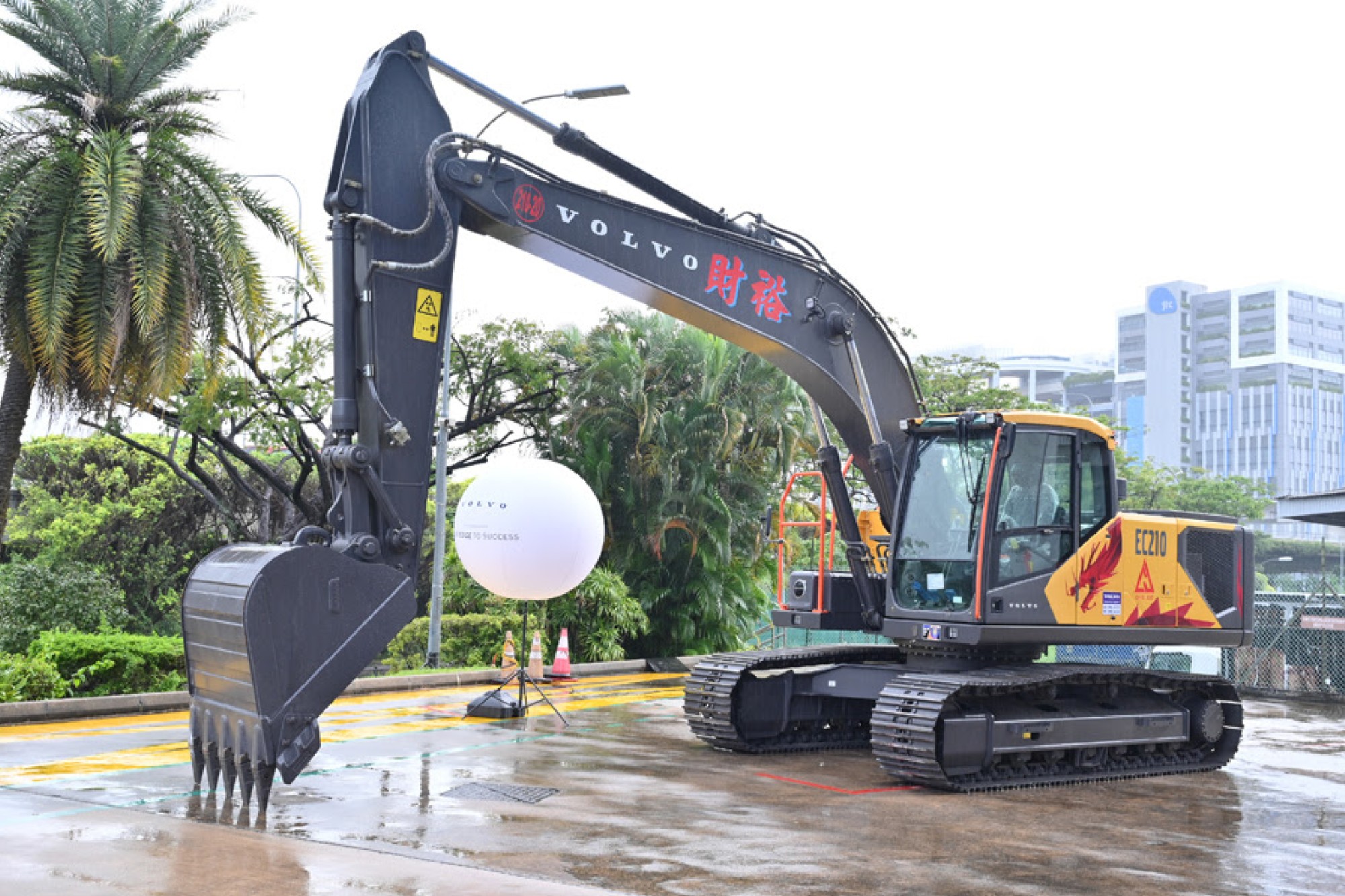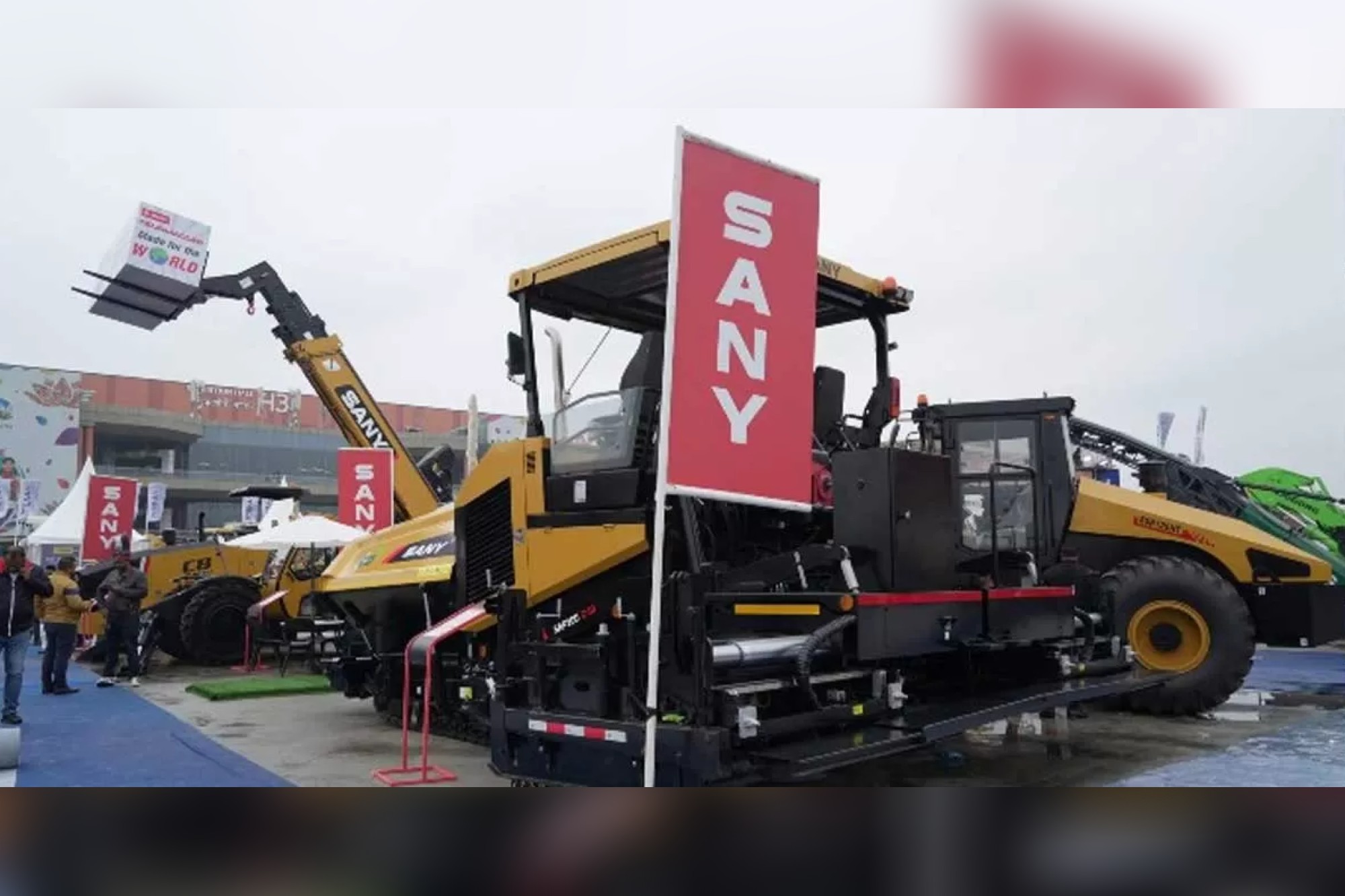Fuel-efficient construction equipment will drive the CE industry
By Edit Team | December 11, 2021 12:30 pm SHARE

This report emphasises on the significance of adoption and upgradation of technologies in construction equipment.
The global construction equipment market was at US$ 133.37 billion in 2020. The global impact of Covid has been unprecedented and staggering, with construction equipment witnessing a negative impact on demand across all the regions amid pandemic. According to a report published by ‘Fortune Business Insights’, the market is projected to reach US$ 222.14 billion, at a CAGR of 6.6 percent by 2028. The increase in CAGR is attributable to this market’s demand and growth, returning to pre-pandemic levels once the pandemic is over.
Market trends
The global market growth is observed with the rise in public-private partnerships (PPP), increasing industrial, residential, and commercial construction activities, and rising government investments in infrastructure development. Major industry players are investing in research and development activities for upgradation in equipment so as to provide efficient equipment for industries and the end-users including mining, agriculture, forestry, material handling (e.g., ports, warehouses), waste management, and municipal equipment (e.g., tool carriers, street sweeping).
A significant market trend observed is the shift from traditional equipment to automated equipment, as consumers are retrofitting and renovating their earlier technology. In order to increase productivity across the construction industry, prominent and strong players are effectively trying to tighten up the construction equipment supply chain and achieve higher efficiencies.
Emergence of construction equipment rental
Today, rental services gaining traction across the global market. According to Construction Equipment Rental Association (CERA), developing and the most populated economies such as China, and India are expected to witness surging demand for rental service business over the forecast period. The regional and local emerging players are likely to establish their footprint in the rental service business, creating ample revenues from their regional customer base. Large construction firms are engaged primarily in the following sectors to earn higher profits: general infrastructure, oil and gas, utility and electrical, and commercial and residential construction.
Besides that, with infrastructure plans receiving improved budgetary allocations in developing countries, the construction equipment rental market’s growth would be progressively steady, as governmental projects show a higher preference for the rental use of equipment. Moreover, it is safer, comfortable, and more affordable for governments to work with rental companies than owning their fleet of construction machinery.
Advanced construction equipment to drive growth
Consumers across the globe are demanding more fuel-efficient, technologically upgraded equipment for augmenting constructing activities. Adoption of upgraded equipment reduces labour costs, tracking of work done in every stage of the process, and also brings down operational costs. Players are working on expanding their business domain by providing products, services, or solutions, along with new values which take full advantage of Information and Communication Technology (ICT) and Internet of Things (IoT) technologies. Additionally, they are engaged in introducing advanced equipment that can not only cater to customers’ requirements but also overcome social and environmental problems. Thus, the endusers are more attracted to these machines. Recently, an Australian company Black Cat Civil found the Cat Next Gen excavators to be a perfect match for their technology-focused business model.
Environmental impacts
This heavy equipment is the major source of ozone emissions, thus resulting in deterioration of air quality. The emissions generated from this equipment such as nitrogen oxides (NOx), volatile organic compounds (VOC), and carbon monoxide (CO) adversely affect the environment causing environmental imbalance across rural and urban areas. Moreover, mining equipment operating at the mining sites is another source of significant ozone emissions.
However, to attain control over these emissions, worldwide, local departments of transportation, utility companies, government agencies, and private companies are collaboratively initiating to collect data on the number of equipment and construction project locations. Moreover, the developed countries are actively taking steps to strengthen the laws over exhausting emission from construction machinery, along with improving energy efficiency, thus curbing the global warming effects.
Cookie Consent
We use cookies to personalize your experience. By continuing to visit this website you agree to our Terms & Conditions, Privacy Policy and Cookie Policy.






































































